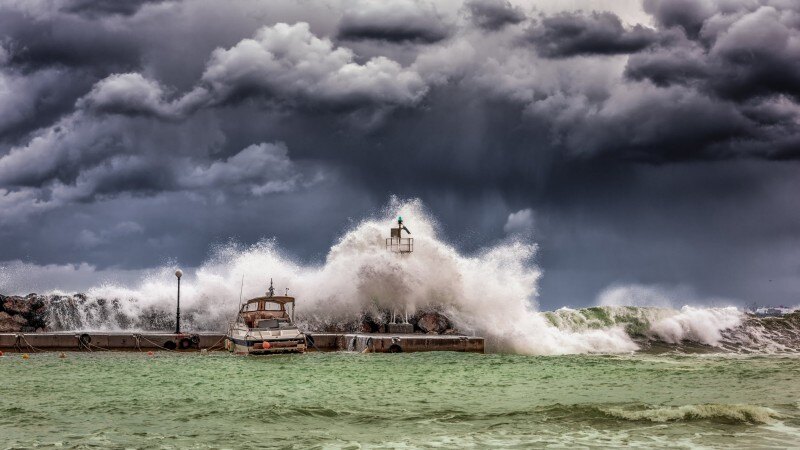Being an independent adjuster is not the same as having a job. We do not clock into work and receive a paycheck. We are INDEPENDENT. Isn’t that one of the main appeals for becoming an adjuster? Just as any other business, we are free to choose when and where and for whom we work. It is up to us to build a book of business. It is up to us to build and nurture relationships. It is up to US.
I see many adjusters, new and old, that have yet to adopt this level of professionalism. They will get deployed on a storm and six months later they are broke and asking anyone and everyone for information on how to get more claims. New adjusters get a taste of the independence and money, but then are left out when there’s little work to be had. Without knowing how it all works they too are confused and asking anyone and everyone for information on how to get more claims.
Do you think Google is asking Amazon how to get more clients? Or Apple asking Samsung? Or the local roofing contractors, plumbers, HVAC techs, or pest control folks? No, of course not. They are out there grinding and coming up with business strategies and making themselves more marketable so they can GET MORE CLIENTS. They are taking personal responsibility in their success.
As an independent adjuster, we must treat this as a business. I guarantee the adjusting firms and insurance companies are treating it as one.
There are several things that must line up correctly for an adjuster to receive claims. Let me explain how this works:
We, as adjusters, are on a “roster” with an adjusting firm. The adjusting firm has a contractual agreement with the insurance company to have several adjusters available when needed. Typically, an adjusting firm has this agreement with only a few insurance companies. When the insurance company does not have enough staff adjusters available, they rely on the adjusting firm to fill the requirement in order to maintain customer service and KEEP CLIENTS. This is typical with a catastrophic event and why good customer service is one of the primary requirements for being a successful adjuster.
As an adjuster, it is our responsibility to be on the “right” rosters. Being on the roster means that we may be called in for the event. In order to be called, our personal information must be current within the adjusting firm’s database. (Licenses, certifications, training, availability, contact information, etc, etc, etc) This is why developing a relationship with the adjusting firm is important. It is a great advantage to call the person handing out claims and they know who you are.
This is where PIF counts come in to play and why PIF counts are so important to understand. The PIF count, or “Policies-in-Force” count, is the insurance company’s exposure in a certain geographical location. For example, insurance company “Mutual of Enumclaw” operates in the Northwest United States. If I, the adjuster, am on a roster with a firm that has Mutual of Enumclaw as a client, I could expect to get claims if there was a storm event in the Northwest. If there was a hurricane in Florida, I should not expect to get claims from this firm (if this is the firm’s only client). If this is the only roster that I am on, I should not expect to get claims at all. On the flip side, if I am also on a roster with a firm that has an agreement with “Tower Hill” or “Citizens”, then I should expect to get some of those hurricane claims. This is what I mean by being on the “right” rosters. Some of the first questions that I am looking to answer are “what carriers does the firm represent and what is the geographical concentration of that carrier?” Based on this information, I can determine if I need to be on more rosters, have more licenses, what training I need, etc.
As an adjuster, my primary goal is to be with a firm or firms that will keep me as busy as I want to be, no matter what type of storm comes through. Yes, one firm can have national exposure, but it directly depends on the size of the insurance company that it represents. ALSO, that insurance company must have high PIF counts in the storm damaged area in order to have an influx of claims.
So, the things that need to line up correctly in order to POSSIBLY get claims:
- We must have a relationship with an adjusting firm and our information and training must be accurate and sufficient
- There must be an event that causes damage
- The adjusting firm must have an existing relationship with the insurance carrier in that area
- The insurance company must have a high PIF count in that area.
- The insurance company’s staff adjusters cannot handle the volume of claims.
Make sense?
Start treating this as a business. If you are not getting claims, figure out why. I assure you, there are claims out there.
If you are getting claims – Great. Kick butt and make tons of money.
As always, stay safe out there, and let me know if I missed anything.
Respectfully,
-AP
About Adam Painter
Independent Adjuster and Host/Publisher of The Adjuster Show Podcast. Free, Independent, & Unbiased information on the claims side of the industry.
Independent Adjuster and Host/Publisher of The Adjuster Show Podcast. Free, Independent, & Unbiased information on the claims side of the industry.








